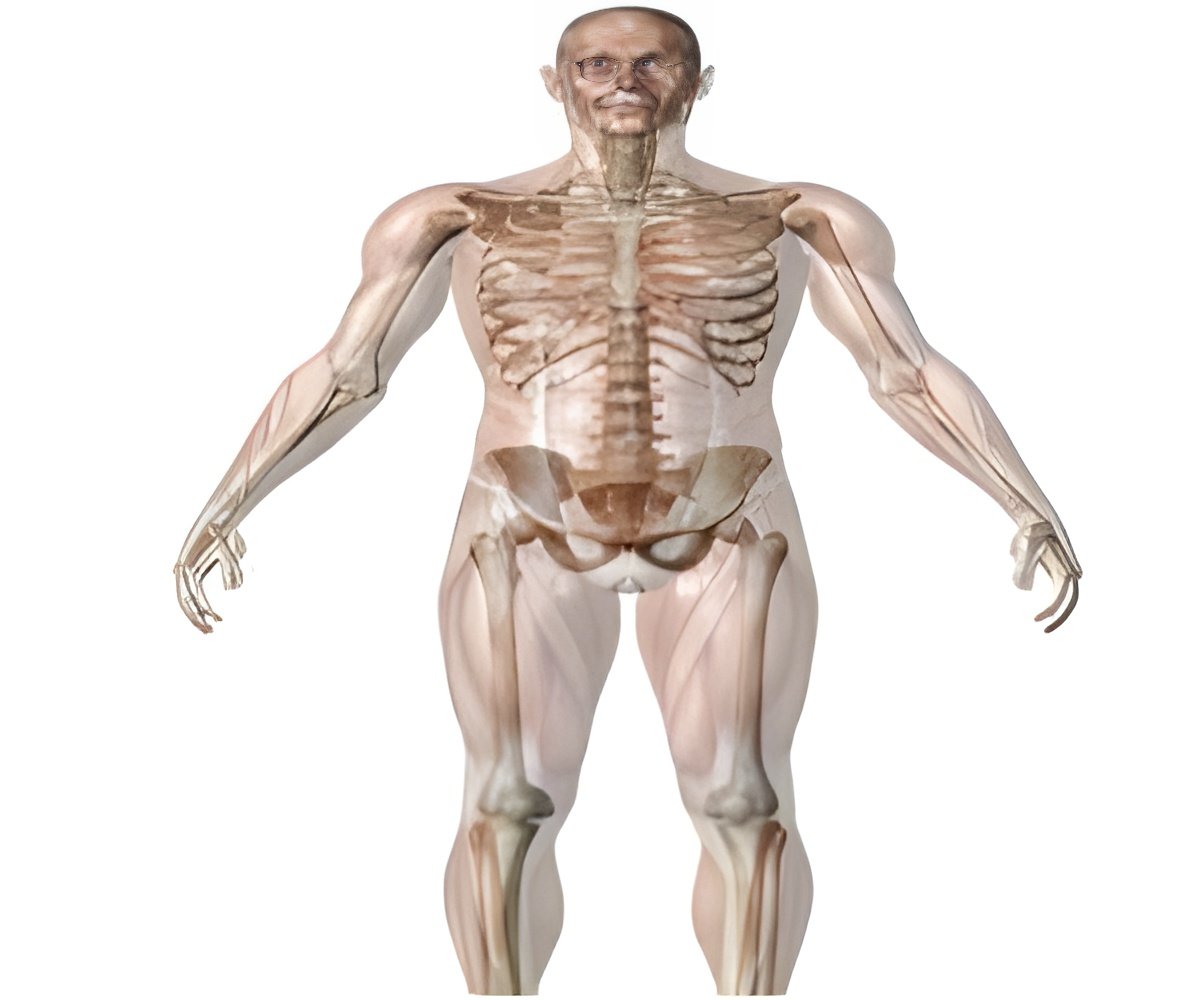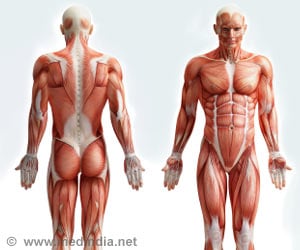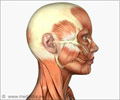
A symphony to rebuild muscle
The research, to be published April 15 in Genes and Development, used mouse models of DMD to show how fibro-adipogenic progenitor cells (FAPs) act like orchestra conductors in the music of muscle regeneration. FAPs sit in the space between muscle fibers and coordinate a complex symphony—receiving the notes that muscle has been damaged and directing muscle stem cells—satellite cells—to rebuild muscle.
"HDACis create an environment conducive for FAPs to direct muscle regeneration—but only during the early stages of DMD progression in mice," said Puri. "At some point, DMD progresses to a pathological point of no return and become permanently resistant to muscle-regeneration cures and to HDACis.
HDACis open the blueprints for muscle regeneration
HDACis stands for histone deacetylase inhibitors. They are epigenetic drugs that work by facilitating the accessibility to the genes that code for muscle proteins by the cell machinery that transcribes the genetic code into proteins. In essence, HDACis open the blueprints for protein manufacturing and instruct FAPs to support muscle regeneration.
Advertisement
Collaborating to find a treatment for DMD
Advertisement
"Our study is important because it provides the rational for the clinical development of HDACis to treat DMD," said Puri. "And, now that we understand the mechanics and sensitivities of the muscle-regeneration system, we have the rationale and can use new tools to select patients most likely to benefit from HDACIs based on their FAP profile, predict outcomes, and see how long patients should remain on the therapy."
"Duchenne muscular dystrophy patients and their families rely on important research such as that performed by Dr. Puri," said Debra Miller, Founder of Cure Duchenne, a patient advocacy group. "Our efforts at Cure Duchenne are to support leading scientists in the world to bring life-saving drugs to help this generation of Duchenne boys, and our vision is to cure Duchenne muscular dystrophy. Every added piece of knowledge about the disease brings us closer to realizing our goals."
Source-Eurekalert










